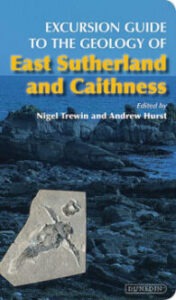This is one of GA’s little guides to a very specific area. This one is West Cornwall, a holiday destination that I recently visited during which I spent some time looking at the geology, along with the gardens and archaeological sites.
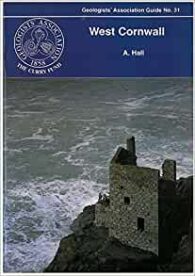

This is one of GA’s little guides to a very specific area. This one is West Cornwall, a holiday destination that I recently visited during which I spent some time looking at the geology, along with the gardens and archaeological sites.

The aim of the guide is to help professional and interested amateur geologists to investigate the rocks themselves and to put them in a modern scientific context.

This is another lovely guide by the GA to an area that perhaps readers would not associate with good geology. But, of course, that is because of its title, because the areas like Pendle Hill and Derbyshire are wonderful, not just to visit for their geology, but also for their holiday appeal.
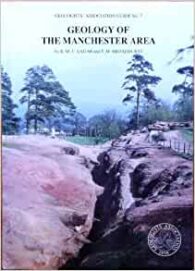
In recent years, Graham Park has been prolific in his writing for Dunedin Academic Press. In this new tome, he has produced what I suspect is a really great introduction to a range of key concepts and geological processes for both undergraduates and the interested, moderately well-informed amateur.
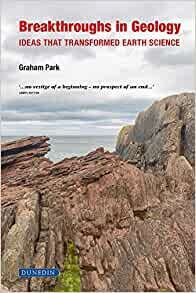
This is a new edition of the classic little guide on Blue John by Trevor Ford, who has now sadly passed away. It is published by the East Midlands Geology Society and has been revised, updated and expanded by Trevor’s colleagues, Tony Waltham and Noel Worley.
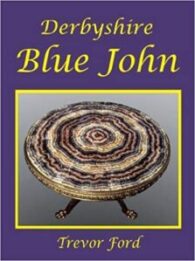
The is a second edition of Prof John Cope’s excellent geological guide to the Dorset coast for the Geologists’ Association. It is slightly shorter than the first edition, with some minor corrections and some of the figures revised, together with new photographs. It also now includes the huge quantity of data amassed over last few decades during the hydrocarbon exploration work in the county.

This is the second Geologists’ Association guide by Professor John Cope. The other is the second edition of his excellent Dorset guide. And, on the grounds that “if it ain’t broken, don’t mend it”, this guide to the south Devon coast follows the highly successful basic plan of that other guide, including the extensive use of colour photos and diagrams.
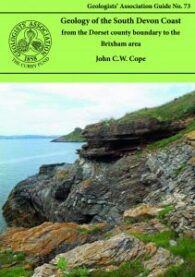
If you can see past the somewhat robust title (a reference to James Hutton’s discomfort riding around Scotland on horseback during his geological investigations), this is an interesting read, combining both geological science and humour in just about the right measures.
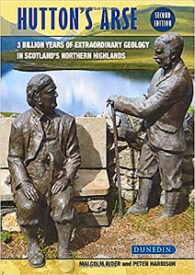
Recently, I have finished the Great Silurian Controversy, a magnificent book about the nineteenth century arguments over the age of the lower Palaeozoic greywackes/sediments of Devon, and the creation of the concept of the Devonian. And reading The Lewisian: Britain’s oldest rocks by Graham Park, it occurs to me that this should perhaps be called, The Great Lewisian Controversy. It shares the same historical and scientific intentions, and the same grand sweep of scientific history, this time from the early twentieth century – namely, the exploration over decades of the geology of the Lewisian of northwest Scotland.
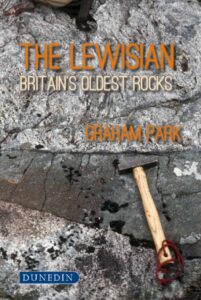
I have reviewed some excellent previous guides in this series (Iceland: Classic Geology in Europe 3), but this one is closer to home and covers an area that I have fond memories of from my Munro-bagging days. This is more a companion guide for those walking in the Highlands, especially those on geological field trips.
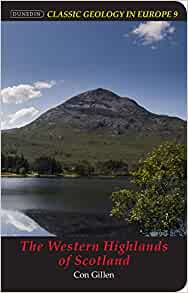
As a former ‘Munro bagger’ and now keen geologist, this book combines two of my favourite pastimes. While the body is not quite so willing as before, the ability to read about the geology of some of my favourite Scottish walks is an absolute pleasure.

Normally, I wouldn’t be interested in semi-precious stones and other pretty things. Personally, I prefer grubbing around in the dirt, perhaps for those far more beautiful, elusive and perfectly formed Cretaceous terebratulids or Silurian trilobites. However, some semi-precious stones have the advantage of also providing a tangible link to the ancient history of life that is so fascinating.
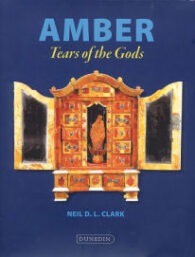
This is another of GA’s guides, this time to the geology and geomorphology of the popular holiday destination of the Castleton Area in Derbyshire. I love this area and have visited there both for the geology and the beautiful scenery.
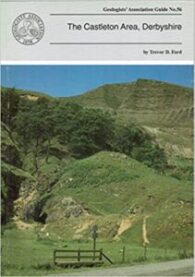
The island of Cyprus is a truly classic area of geology in Europe. Perhaps nowhere else on Earth does so small an area provide such an excellent illustration of the dynamics of Earth processes through abundant exposures of spectacular and diverse geology.
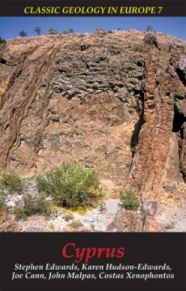
The Geologists’ Association have extended their excellent series of geological guides by producing what some people (including me) would think at first was a slightly self-indulgent couple of volumes on ‘Devonshire Marbles’. However, for my part, I soon realised that this view is entirely wrong.
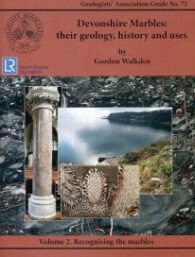
I sat down to read this over Christmas and what a good read it turned out to be. The appropriate word is ‘eclectic’ – because Measures for Measure is written for all us with an interest in the industrial history of Great Britain, and its impact on the landscape, economy, social history and culture.
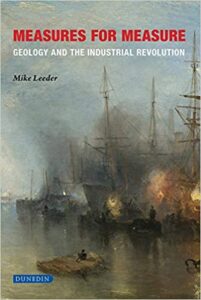
If Yorkshire really is ‘God’s Own County’, then clearly the Almighty is an extremely enthusiastic geologist. Just how lucky is the Yorkshire man who, on the same day, can see some of the best and most varied geology in the world, set out in glorious coastal and mountain scenery, collect superb fossils and minerals, and still be back in the pub in time for some of the best real ale in the UK? That is, Yorkshire is a geological gem that needs a good geological guide.
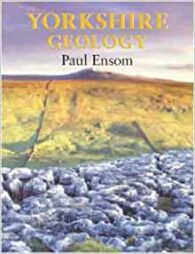
Introducing Natural Resources is another in the Dunedin Academic Press series of introductions to scientific subjects, in particular, the earth sciences. You will probably be aware that I have positively reviewed a large number of them for this website, and this new guide is no different.
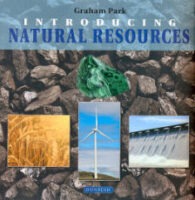
This is a third, revised edition of a very successful, introductory-level geology guide. In it, the author has taken the opportunity to revise and update the text, and to substitute improved illustrations for some of the old ones.

The Geologists’ Association is making something of a name for itself when it comes to pushing the envelope in geological publishing in the UK. It has already produced guides to the geology of non-UK locations and I have reviewed a new guide to the roadside geology of Wales. In itself, that was quite a departure, but so is the book under review – a guide to the ‘urban geology’ of Barcelona.
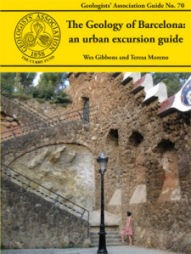
I don’t normally review BGS memoirs – they are excellent publications, but largely written for the professional or the seriously committed amateur geologist. (I have to admit to owning several, which cover my favourite fossil collecting areas of the UK.) However, this one is a ‘Special Memoir’ that I am quite willing to make an exception for.
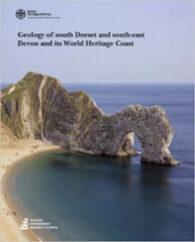
The Geologists’ Association has produced yet another great guide, this time on the geology of Wales. However, this is a slightly different beast from most of their other publications. As is always the case with this excellent series of guides, the book describes the geology of different sites capable of being visited. However, this time, the conceit is that visiting the locations is assumed to be by car.
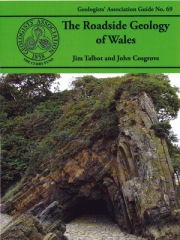
This is a brief guide explaining how the reader may collect meaningful data at outcrop level and make provisional identifications of common lithologies. It is not intended as a comprehensive field geology textbook and assumes that readers have already studied geological theory (and, as such, is probably most useful of the undergraduate, but could be interesting for anyone interested in geology).

Introducing Mineralogy continues the high standard set by its predecessors in the Dunedin series of guides introducing aspects of the different sciences, especially the earth sciences. It is slightly larger than some of the others, but is still beautifully illustrated, nicely written and very informative.
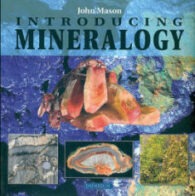
The Caithness area of Scotland is important for its geology, but is also well known for its palaeontology. The Caithness Flagstones are famous for fossil fish and the Helmsdale Fault for the Helmsdale Boulder Beds deposit, beside an active submarine fault scarp. The area even once had its own ‘gold rush’ and you can still try your luck at panning there today at Kildonan.
